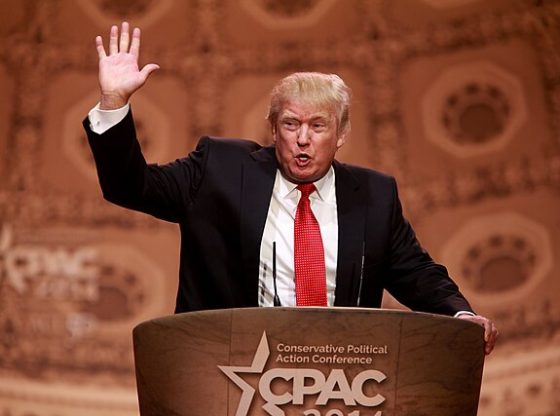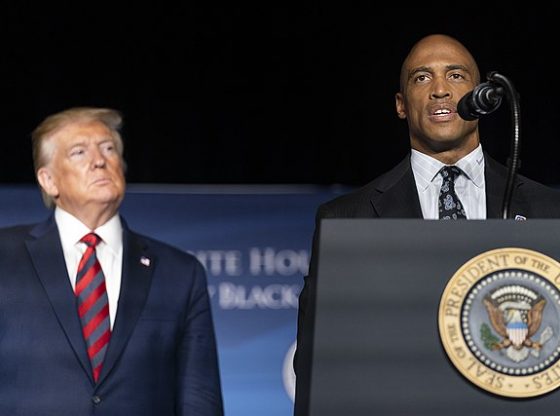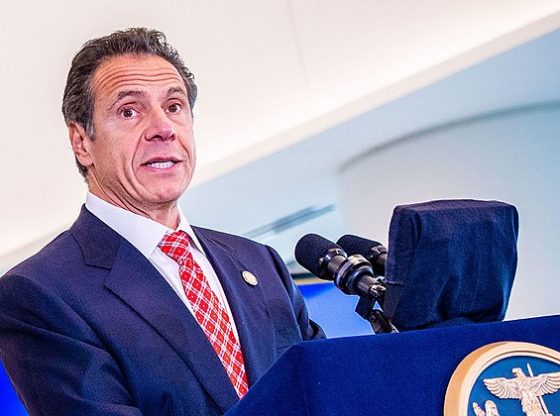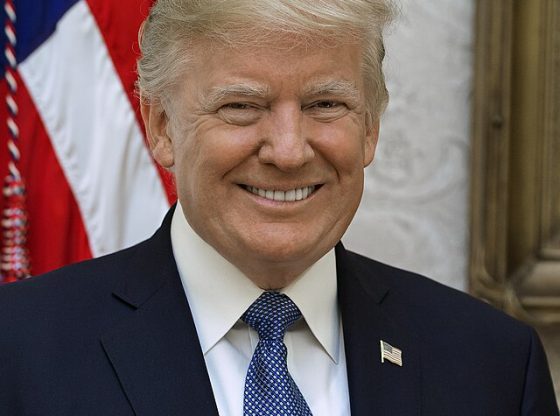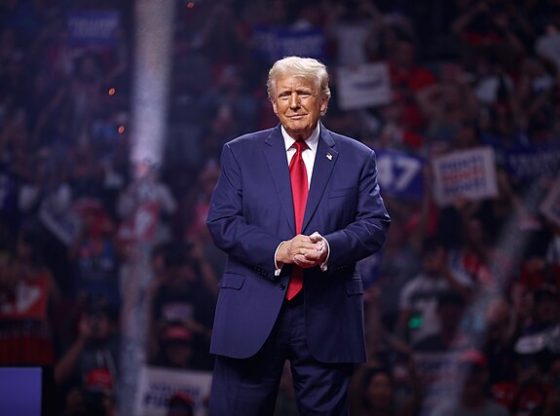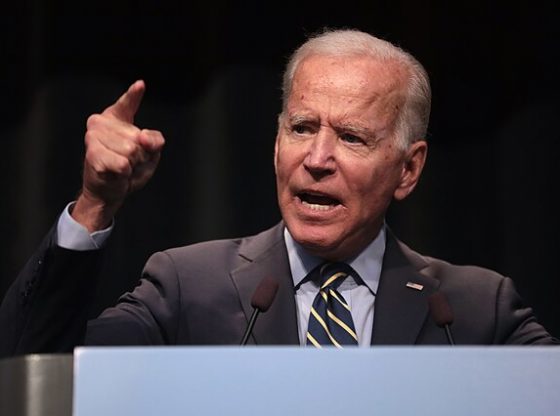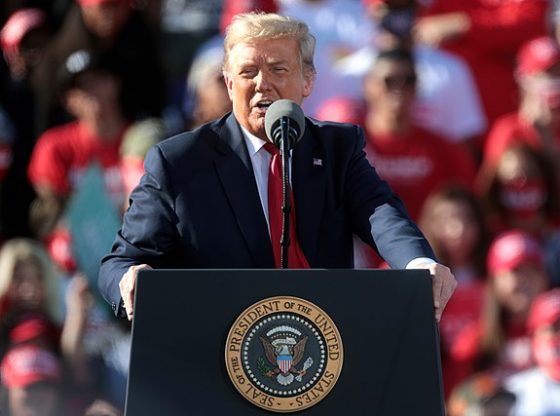Just days after President Donald Trump signed an executive order to withdraw the United States from the World Health Organization due to concerns about China’s outsize role, a top leader at the global organization has begun fundraising on social media.
Maria Van Kerkhove, the infectious disease epidemiologist who served as the WHO’s technical lead on the COVID-19 pandemic, posted on X on Thursday morning asking for donations to the WHO Foundation.
As of Friday afternoon, only around $23,000 had been raised toward a $1 billion goal.
It’s a meager fraction of the $706 million shortfall in contributions anticipated from the U.S. for the 2024-2025 two-year budget period — 18 percent of the organization’s revenue.
Trump’s executive order — signed just hours after his inauguration — initiates a year-long notification period specified in the joint resolution adopted by Congress in 1948 establishing U.S. membership in the WHO.
WHO Director General Tedros Adhanom Ghebreyesus told staff Thursday that the organization would implement “cost reductions and efficiencies,” including a freeze on new hires “except in the most critical areas” and a stop to capital investments, according to news reports.
Programs most reliant on U.S. voluntary contributions include those addressing HIV, AIDS and other STIs (75% of global voluntary contributions) and tuberculosis (61% of global voluntary contributions), according to a PowerPoint provided to the Daily Caller News Foundation.
The executive order also recalls American WHO staff and contractors.
The U.S. is required to meet its financial obligations to the WHO for the fiscal year before withdrawal, according to international conventions. The Congressional Research Service found that it is unclear how the WHO can credibly enforce mandated payments, though under the Vienna Convention on the Law of Treaties, a nation must pay its remaining financial obligations before withdrawing from a treaty.
The new executive order states that U.S. withdrawal was motivated by “unfairly onerous payments from the United States, far out of proportion with other countries’ assessed payments” — namely China’s.
WHO receives assessed (mandatory) contributions from member states that are scaled by population and GDP, as well as voluntary contributions from both private organizations and member states. Currently, the U.S. and China pay comparable amounts in assessed contributions — China is due to pay $181 million in assessed contributions for the years 2024 and 2025, while the U.S. was set to pay $264 million. But in voluntary contributions, China hardly donates anything: It is expected to pay just $2.5 million in 2024 and 2025. Before the executive order, the U.S. was expected to make voluntary contributions totalling $442 million.
The WHO was expecting the U.S. to pay its 2024 assessed contribution this month totaling $130 million, but to date has not received it.
China is the world’s second largest economy yet remains formally classified as a developing country by the United Nations. Still, China’s assessed payments to the WHO have grown in recent years as its economy has grown, up from the $53 million China contributed over a two-year budget period a decade ago.
The executive order also spotlights the WHO’s deference to Beijing authorities as it attempted to access tightly controlled hospitals and labs in Wuhan during the COVID-19 pandemic.
“The United States noticed its withdrawal from the World Health Organization (WHO) in 2020 due to the organization’s mishandling of the COVID-19 pandemic that arose out of Wuhan, China … and its inability to demonstrate independence from the inappropriate political influence of WHO member states,” the order states.
The WHO’s first mission to Wuhan in February 2020 praised China’s lockdowns as “perhaps the most ambitious, agile and aggressive disease containment effort in history,” a statement amplified as an endorsement of the Chinese Communist Party in Chinese propaganda. A second mission to Wuhan in January and February 2021 to uncover the pandemic’s origins resulted in a report and press conference that dismissed the hypothesis that the pandemic resulted from a lab accident as “extremely unlikely,” reportedly because it was the only way in which WHO lead investigator, Peter Ben Embarek, could include that possibility in the mission’s conclusions.
The WHO has never received the full data necessary to assess the pandemic’s origins.
“WHO has repeatedly asked China to share all available information on the earliest cases, animals sold in Wuhan markets, labs working with coronaviruses, and more, but to date it has not received this information,” Van Kerkove wrote in Science on Jan. 16.
Even still, Van Kerkove emphasized that “it is imperative for countries … not to assign blame.”
Van Kerkove’s confirmation that the early case data is incomplete challenges a claim made by Western virologists in 2022 — also published in the pages of Science — that this early case data, provided by Beijing authorities to the WHO, radiate from the Huanan Seafood Wholesale Market like a bullseye, establishing it unambiguously as the pandemic’s origin.
Some public health experts have warned that removing the U.S. from the WHO could curtail access to important data about emerging outbreaks.
Earlier this month, WHO informed its member states of a suspected outbreak of Marburg virus in the United Republic of Tanzania.
Featured Image Credit: (U.S. Marine Corps photo by Sgt. Samuel Guerra/Released




